Orientation
- Item 1
- Item 1
- Item 1
- Item 1
How does marketing affect different aspects of life? Is it important to you?
Marketing science is important not only for businesses but also for the various situations we face every day. It is a method for promoting a concept, idea, service, or Product. By understanding its meaning and experiencing its strategies, we will be better able to deal with each environment.
- Let's begin to understand the meaning of marketing through two main concepts:
" Meeting needs Profitability "
It is a simplified definition of marketing science in which a desired need of people is identified and a solution is presented in an attractive and appropriate way to reach an agreement. And In the end, you get something in return.
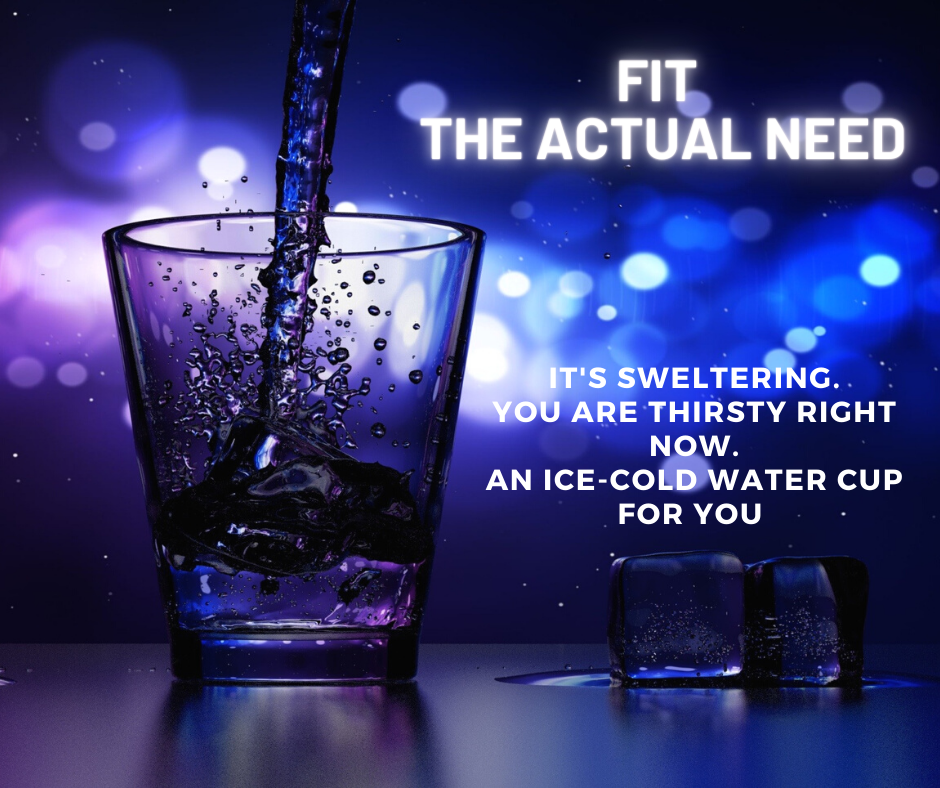
It's critical in all aspects of life, and we can use it in everyday situations depending on:
A: the concepts, services, or products that Provide a solution and fit the needs of others.
B: How to communicate effectively with potential customers and present the solution in a suitable way
C: Get the benefit in return.
Try to apply it to different situations that you face. For example:
When you have a job interview, imagine you are a brand or product that will try to fit a certain need of the interviewer by demonstrating your abilities to persuade Them that you are the person They are looking for, and if you can meet their needs, you will be given the job as a return.er needs, you will be given the job as a return.
The aim of marketing is to make selling unnecessary. The aim is to know and understand the customer so well that the product or service fits and sells itself. This will lead us to a "creeping commitment," in which you push customers to buy on their own and fill all gaps in such a way that your services or products appear to be alone.
This isn't to say that selling and advertising aren't important. Rather, it means that they are components of a larger marketing strategy.
" Be distinctive "
It is very crowded, and since we have so many options today, we can easily find what we want in a variety of shapes , and occasionally, we discover that several sellers are offering nearly the same package.
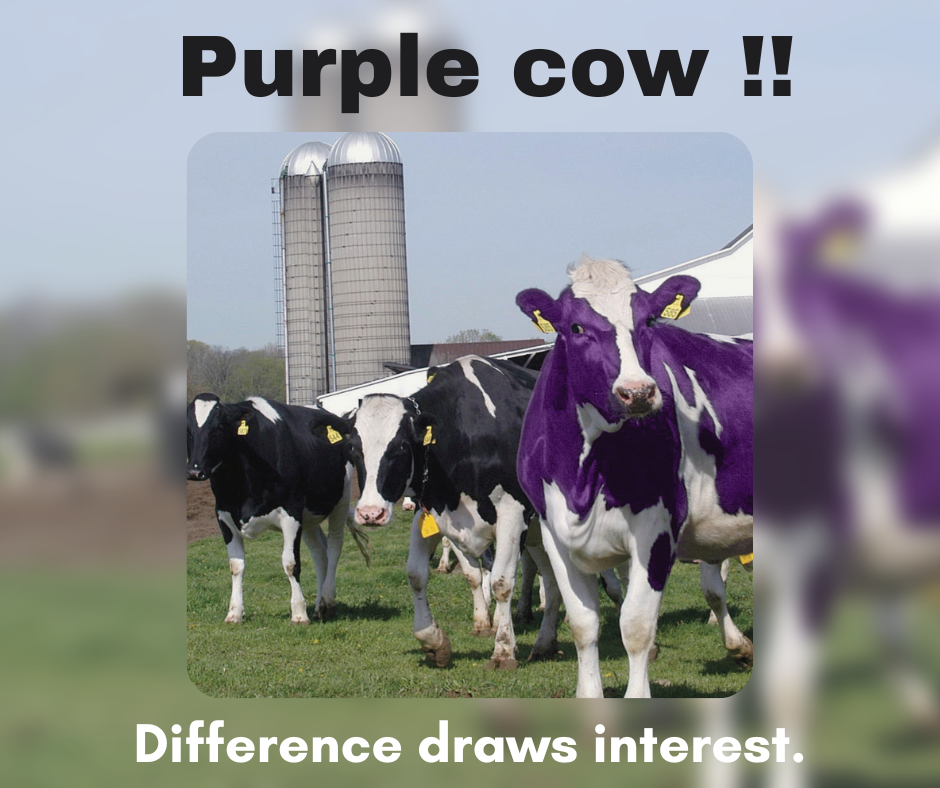
In the images below. What is the object in each image that catches your eye?
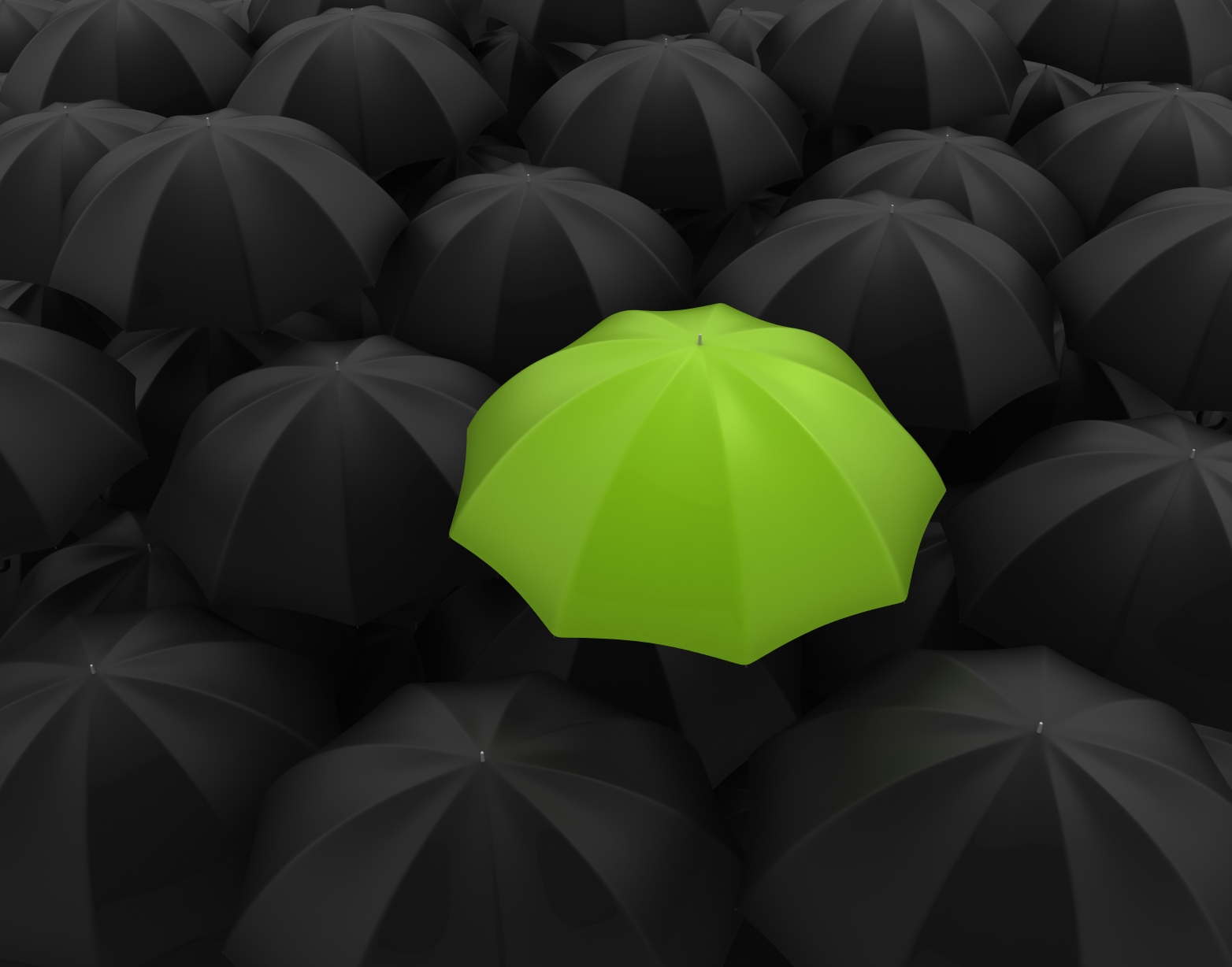
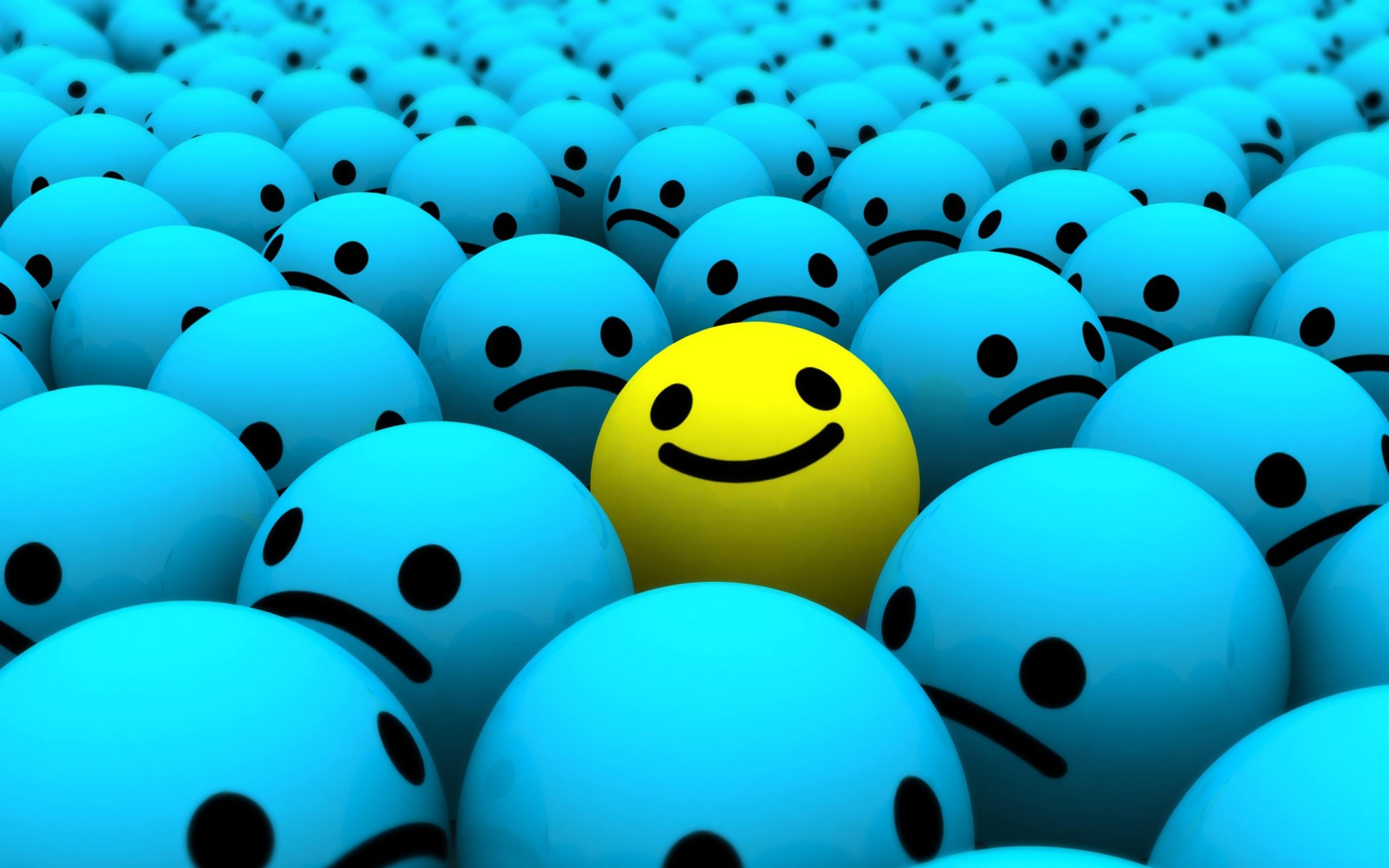
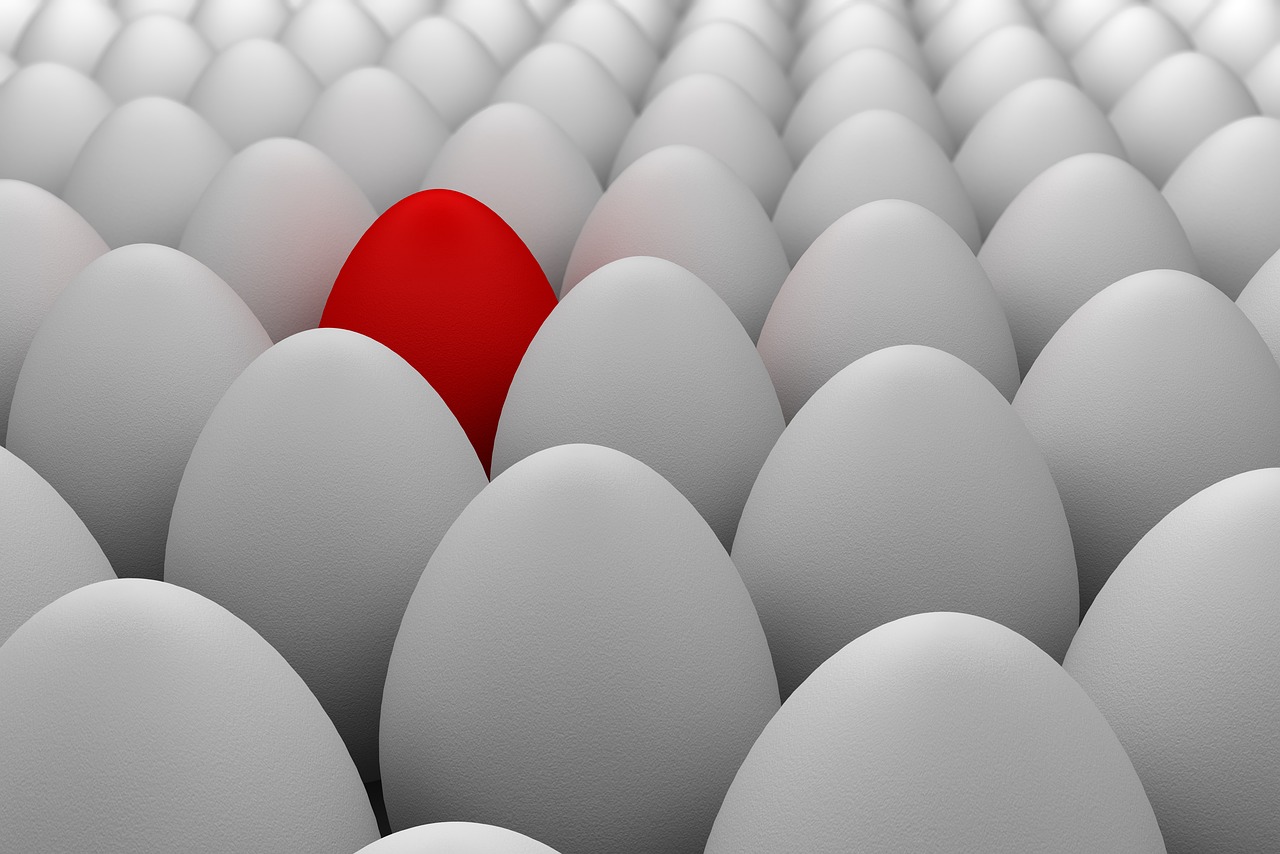
This point will bring us to an argumentative point When we see a person or an idea that spreads rapidly without producing any value. , We meet Trends on a daily basis and participate in its publication, and we see that it does not provide anything useful or novel, but you find yourself following it and participating in its publication because it is different and abnormal from the surrounding society and environment.
As a result, it is important to be different because it attracts attention, but only if that difference is genuine and adds value to your customers, ensuring that you stay for a long time with great profits.
- There are two main academic definitions of marketing among many definitions:
‘Marketing is the management process responsible for identifying, anticipating, and satisfying customer requirements profitably.’ (Chartered Institute of Marketing) (CIM)
"Marketing is the activity, set of institutions, and processes for creating,communicating,delivering, and exchanging offerings that have value for customers, clients, partners, and society at lar (American Marketing Association) (AMA)
Let's look at how difference affects people's interactions regardless of whether that difference is beneficial or not.

Good Doctor .. Great !


clever engineer .. nice !

Oh, that's weird... He's really a singer ... Let's listen to the last song... He sings in a comical tone 
There is no doubt about the importance of difference to attract people, but in order for the task to be completed, it must provide real value beyond that difference.
Is marketing limited to products and services?
Everything is marketable as long as it aims to satisfy a specific need of others and obtains a benefit in return, whether that benefit is tangible or intangible.
The following are some instances of marketable items:

Goods

Services
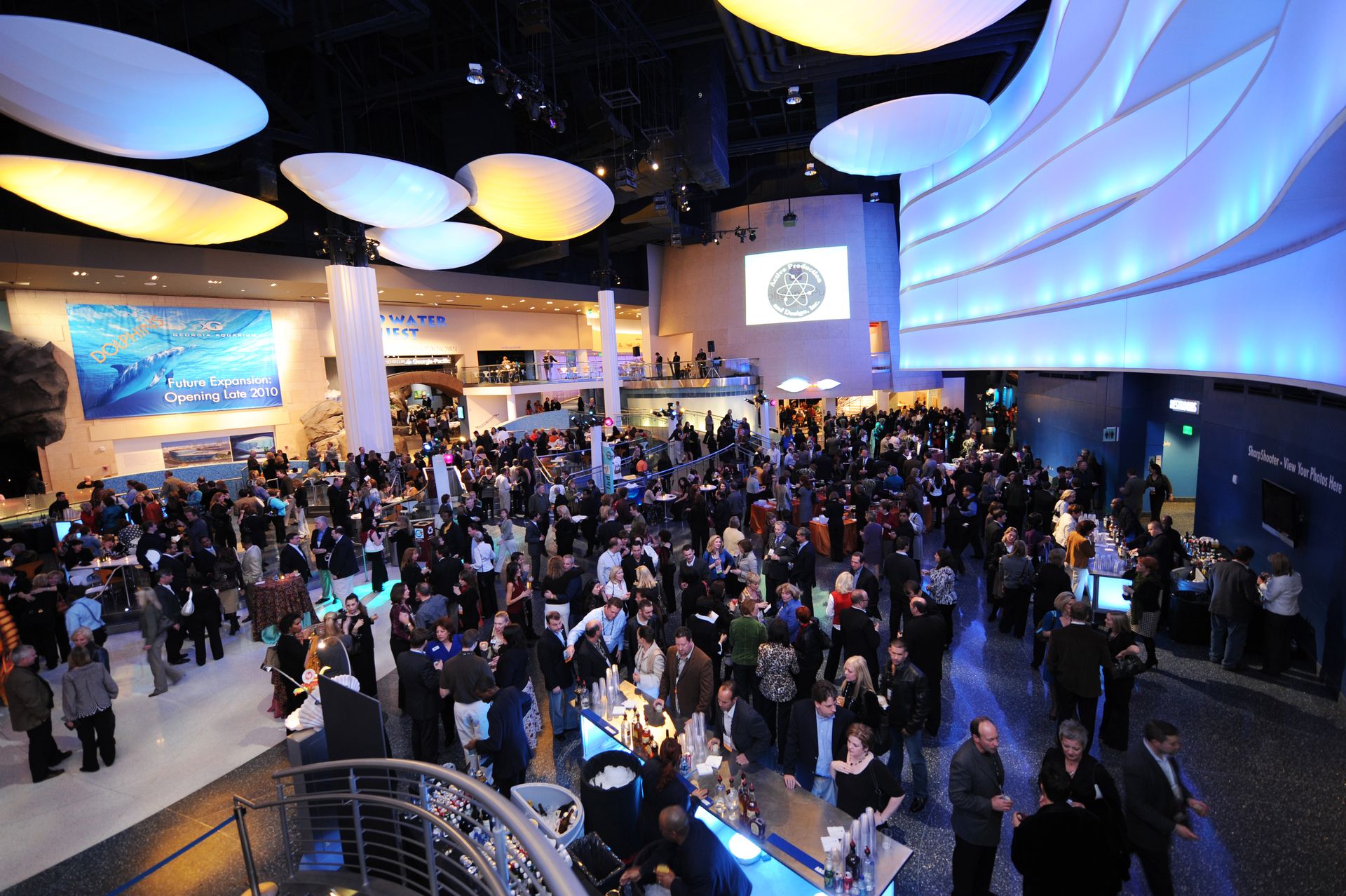
Events

Experiences

Persons

Places


Organizations

Information
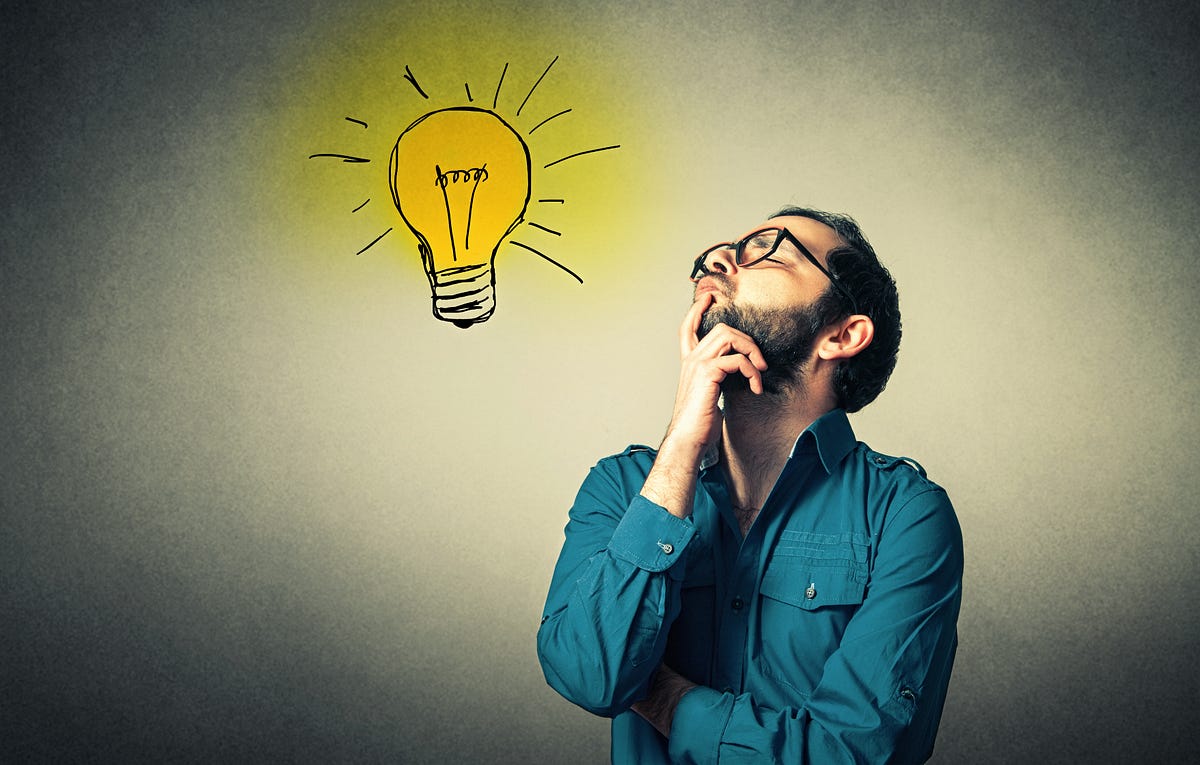
Ideas
What is the difference between need, want, and demand?
" Need "
A need is a feeling of being deprived of something or a desire that causes a customer to buy a product.
If customers buy products to satisfy their needs, then their needs provoke them to buy products.
All we can do is identify it, but no one can generate it definitively.
When a need is not satisfied, a person will do one of two things?

A- Look for an object that will satisfy it
Searching for something that fits the need and is suitable for the person's abilities
B- Try to reduce the need:
searching for alternatives
What are the types of needs? (Maslow's Hierarchy of Needs)
Maslow's Hierarchy of Needs is a theory that suggests there are different levels or degrees of human needs. Individuals need to take care of their basic needs first before pursuing their higher aspirations.
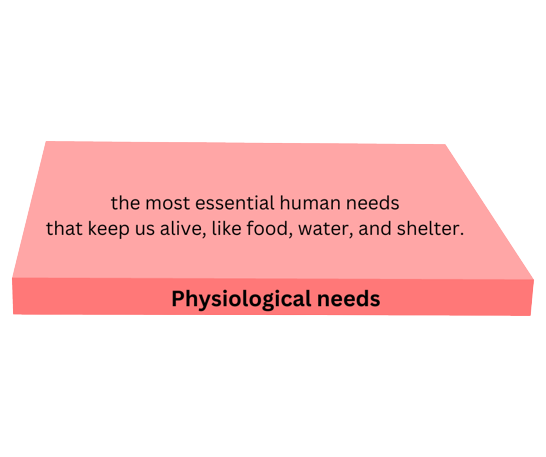
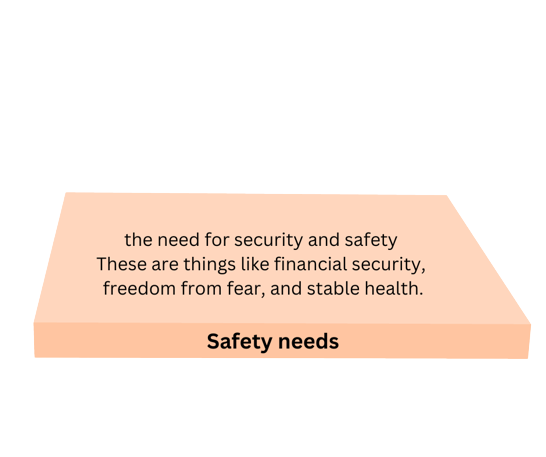
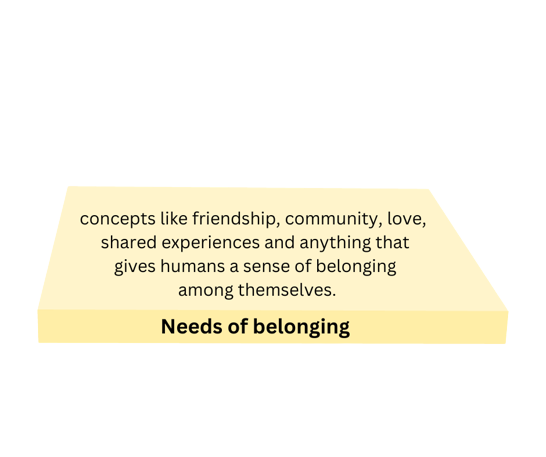
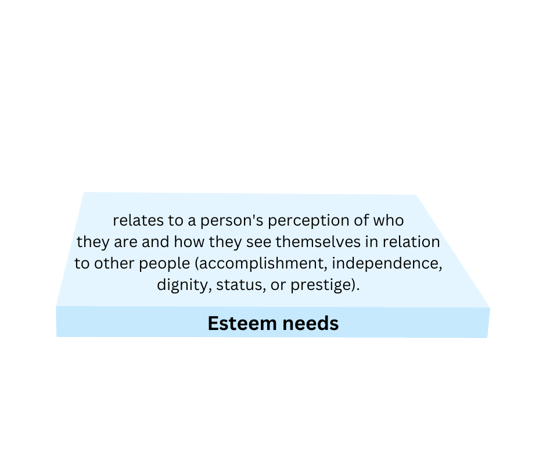
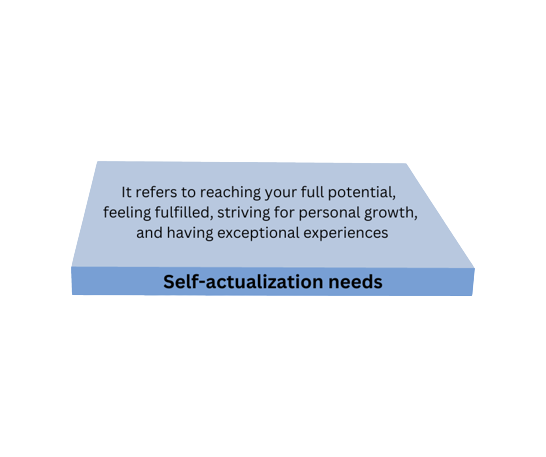
" Want "
Wants are described in terms of objects that will satisfy needs.
Human wants are the form taken by human needs as they are shaped by
culture and individual personality.
To easily define a “Want,” ask yourself:
When I feel hungry, what do I want to eat?
When I feel thirsty what do I want to drink?
A hungry person in Bahrain may want a vegetable eurry, mango chutney and lassi
A hungry person in Hong Kong may want a bowl of noodles

" Demand "
The ability to buy (buying power)
You will choose the thing that satisfies your needs, and it goes along with your ability to buy.
For Example:
A Mercedes means comfort, luxury, and status.
A Honda Civic means basic transportation, a low price, and fuel economy.
All you need is to choose a car to satisfy a certain need—transportation—and the choice is limited to your ability to buy, as people have narrow, basic needs (e.g., food or shelter) but almost unlimited wants. However, they also have limited resources. Thus, they want to choose products that provide the most satisfaction for their money.
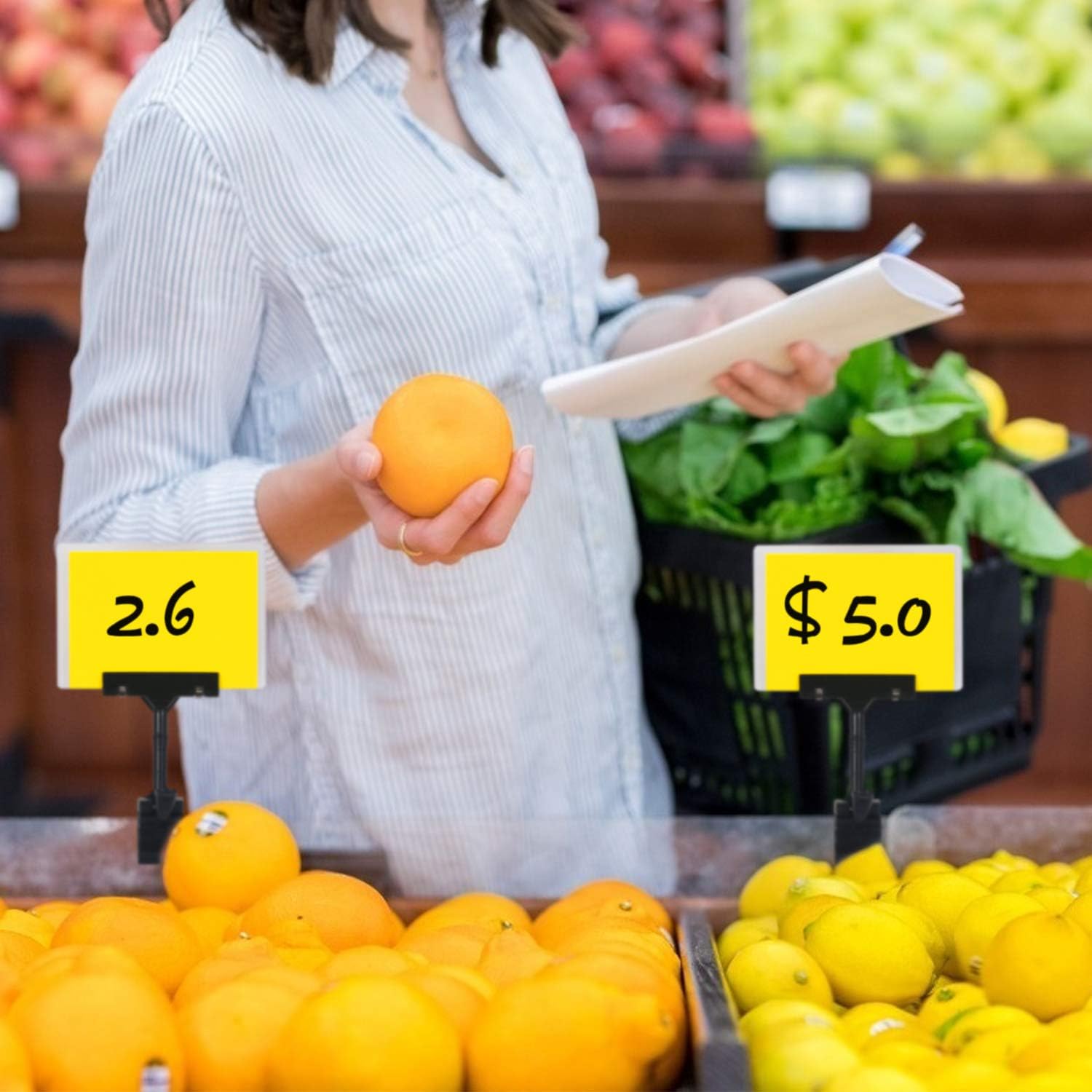
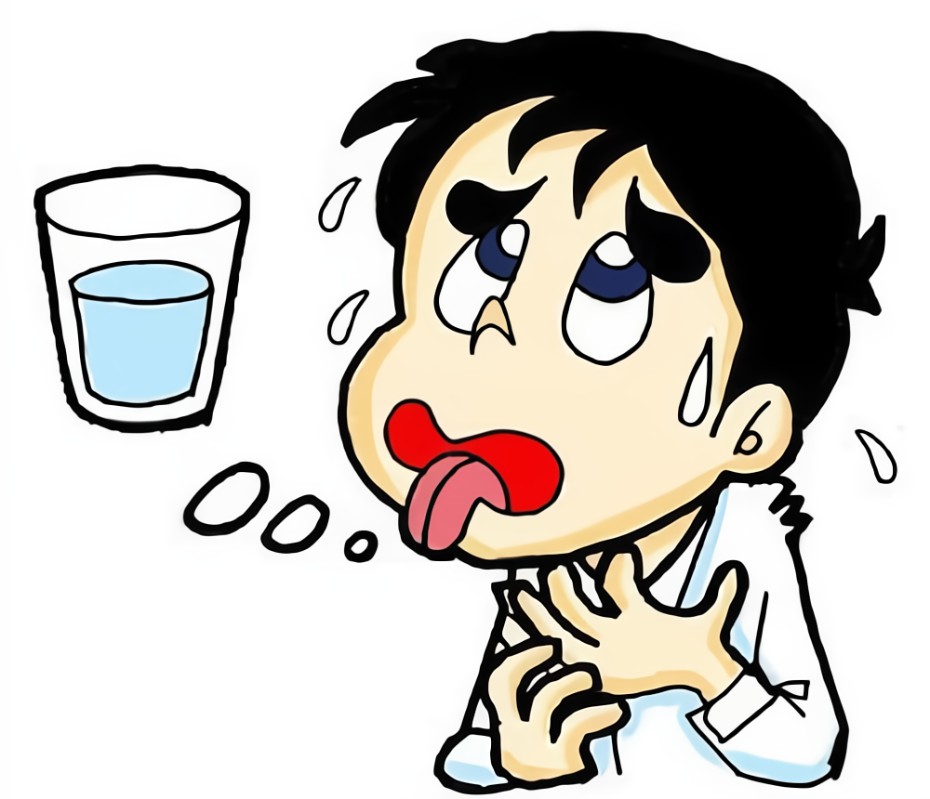
NEED
I need To drink
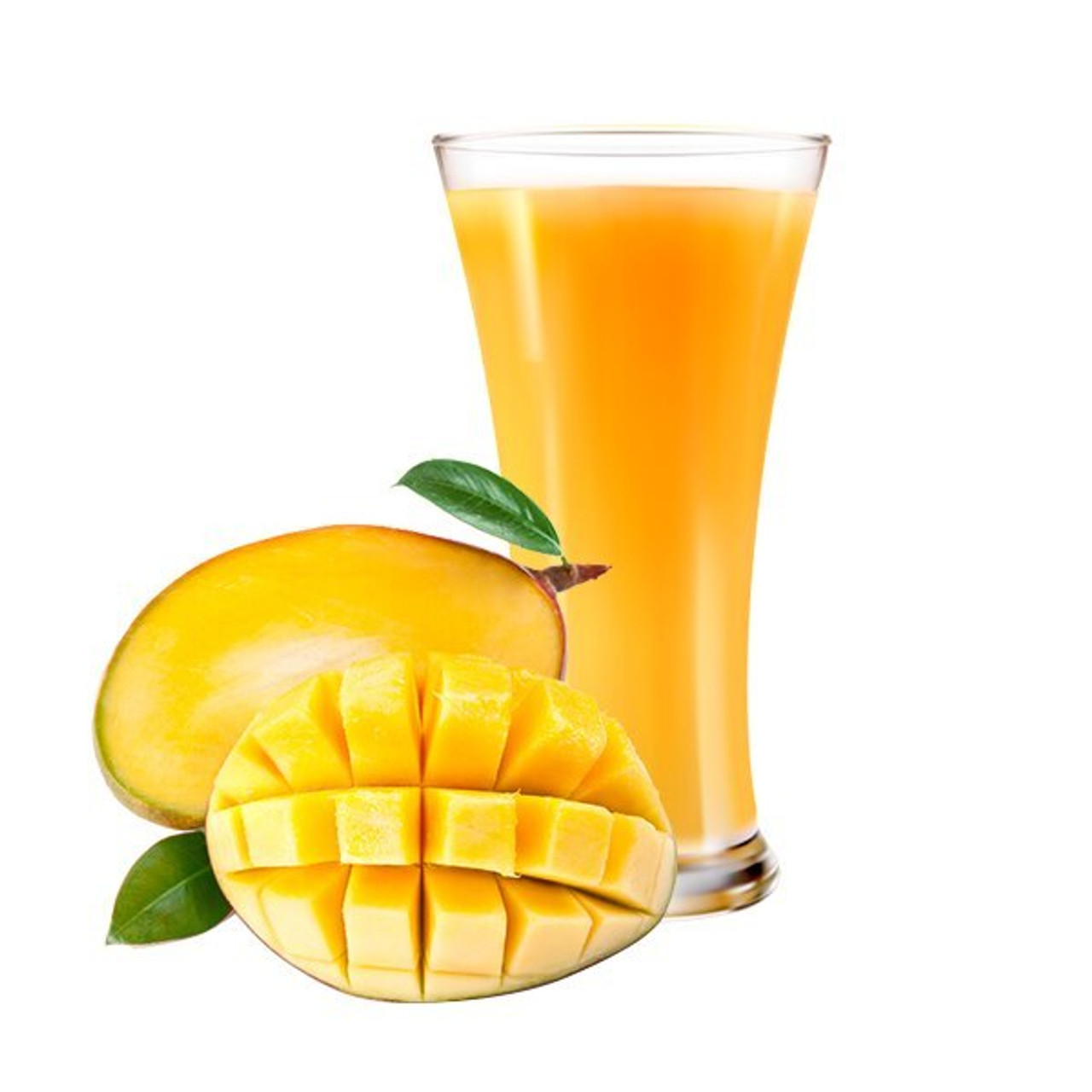
WANT
satisfy my thirst with Fresh mango juice
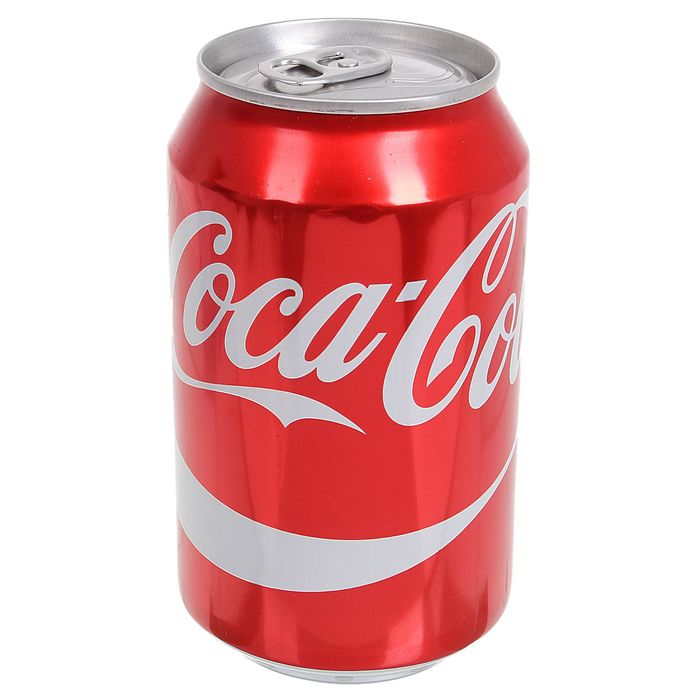
DEMAND
Have the buying power to
Purchase a can of Coca Cola
Close the deal by determining value and tracking customer satisfaction!
What are the components of your offer? What is your VALUE?
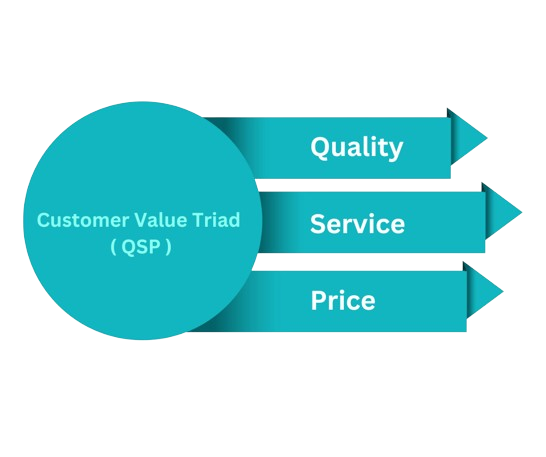
How do customers deal with these values?
Consumers usually face a broad of products and services that might satisfy a given need. They make buying choices based on their perceptions of the value that various products and senders deliver.
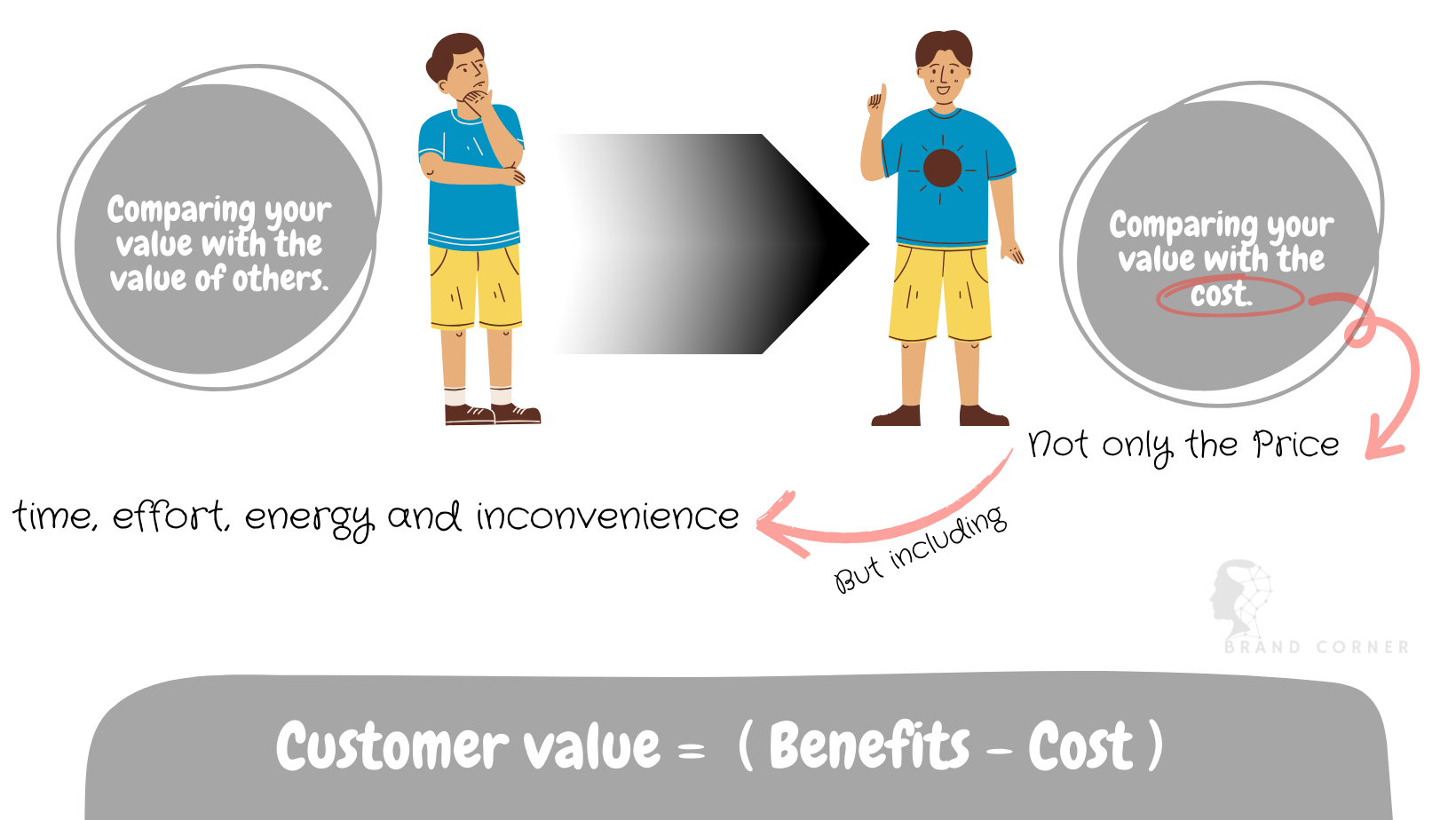
Customer value is the difference between the values that the customer gains from owning and using a product and the costs of obtaining the product.
Perceived value is a customer's own perception of a product or service's , especially in comparison to a competitor's product ( mix of price, quality, and what the product or service can do for that person)
Customer satisfaction
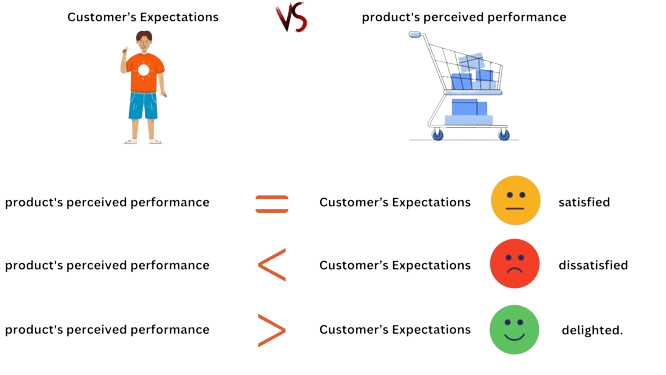
Do you aspire to control? You have to understand everything around you first.
MICRO Environment
The factors that the organization will have an influence over, you can affect or change.

Employees

Customers
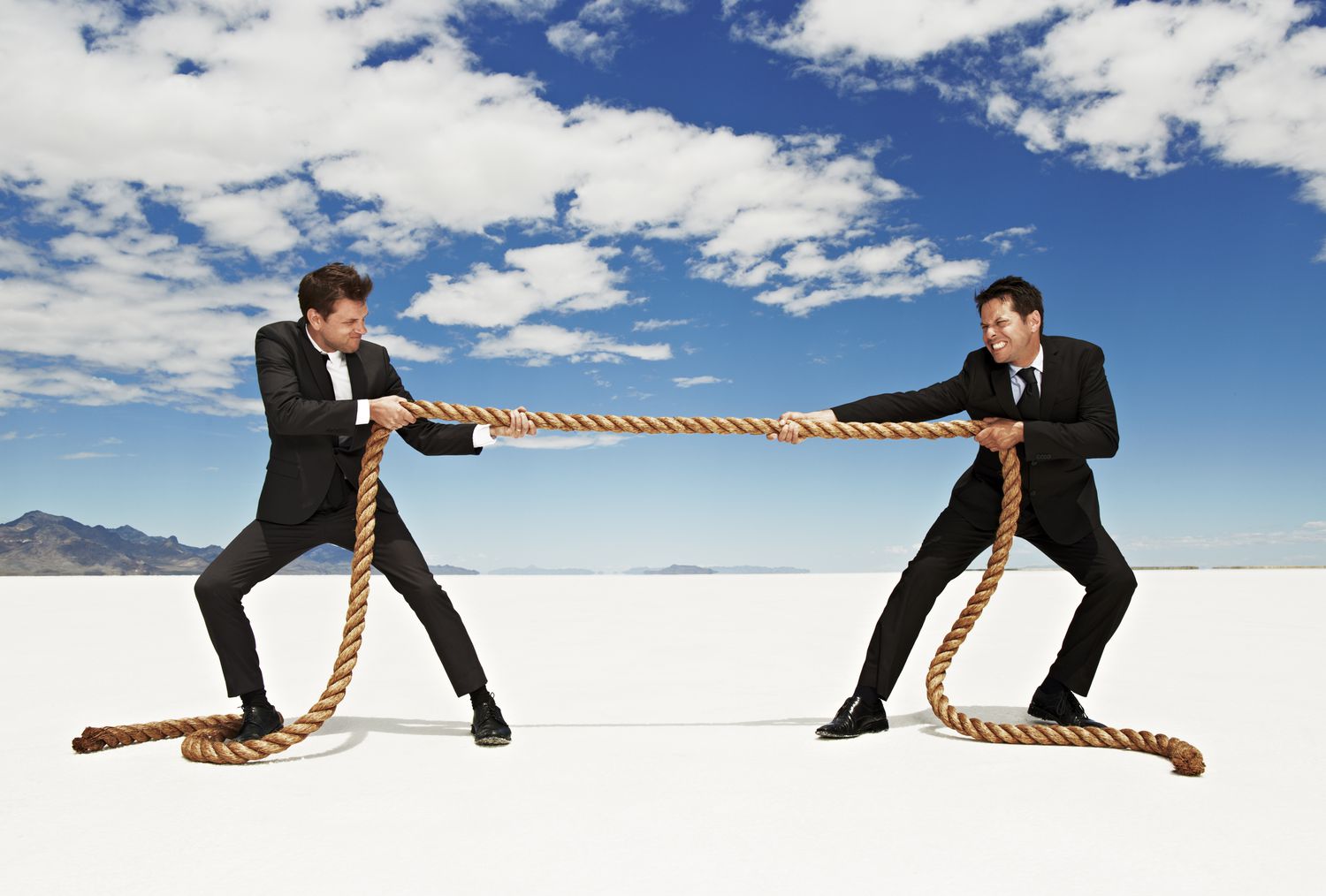
Competitors

Suppliers

Distributors

Shareholders
MACRO Environment (PESTEL)
The factors that the organization will have an influence over, you can affect or change.
Political
• Taxation policy
• Government policy
• Pressure group
Economic
• Inflation
• Employment
• Business cycles
• GDP & GNP
Social-cultural
• Demographics
• Distribution of income
• Social mobility
• Lifestyle changes
• Consumerism
• Levels of education
Technological
• Internet
• Innovation
Ecologica
• Climate change
• Weather
• Pollution
• Availability of certain renewable goods
• Environment-related laws Climate change
Lega
• Environmental protection laws
• Employment laws
• Competition law
• Consumer protection law
• Contract law
• Patency
Try right now to feel some significant objects around.
Consumer:
is someone who purchases the product for their own needs and uses it, or the person Who uses the Product.
Customer:
is someone who purchases the product whether for others to use it or for his/her own needs and uses it.
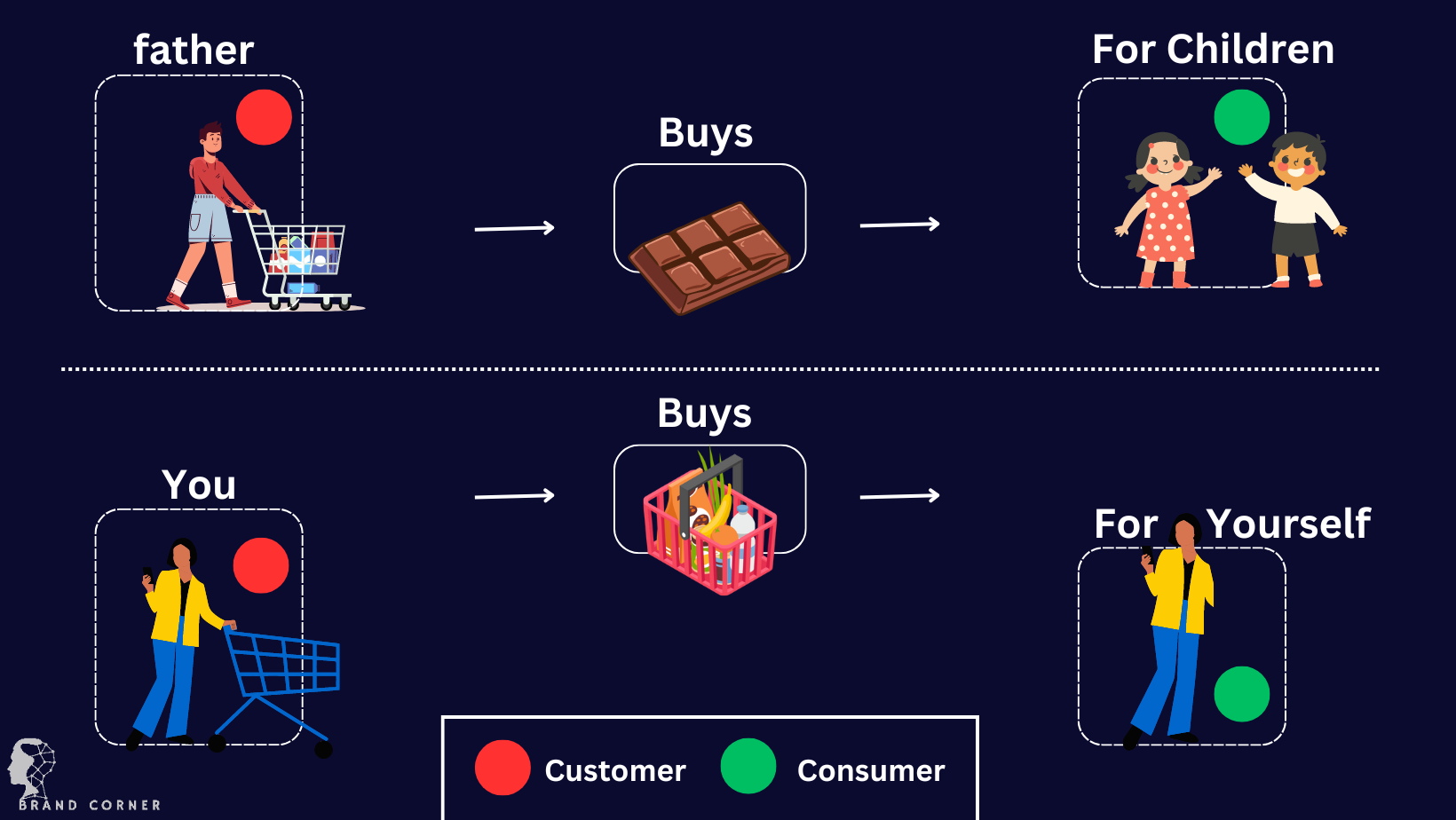
Feel More!
B2C (Consumer Market) - (Business to Consumer)
B2B (Business Market) - (Business to Business)
Reseller Markets
Governmental Markets
International Markets


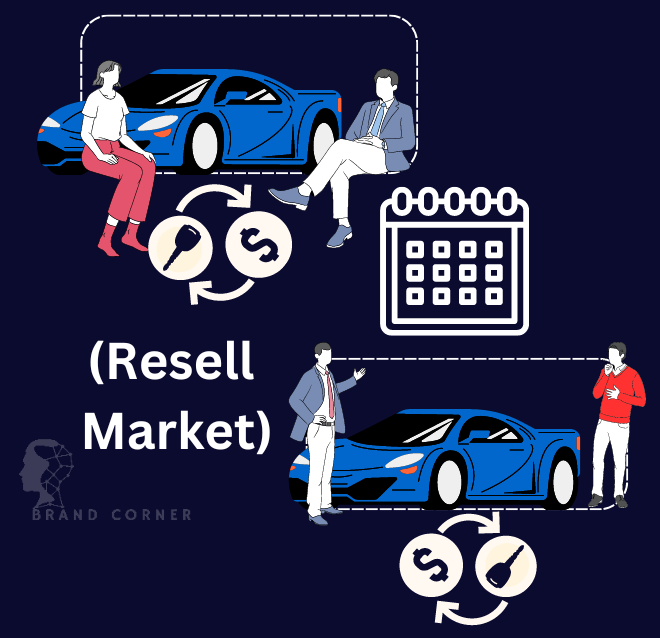


selling goods and services to customers directly.
occurs between two businesses and involves products and services that make one business operate.
buy goods and services to resell them at a profit.
purchase products and services to generate public services.
the marketing of products or services outside of your brand's domestic audience.
To control your marketing fist, what are the tools or aspects that you will pass through?
Focus on Four items ( 4Ps ): Product Price Place Promotion
These are called: the marketing mix
Product: is anything that can be offered to a market to satisfy a want or need
The Customers Will judge the offering by Three basics elements
Product Features and Quality
What are the specifications and descriptions of the product and its quality?
Services mix and Quality
There is no sufficiency in providing a product without providing services related to it
Value-based Price
It is a comparison between the total offering and the price
Product Level ( We have Five Levels )






Product VS Service
A-Product (tangible goods)
Durable
Goods that survive many uses (e.g., refrigerators, clothing, etc.)
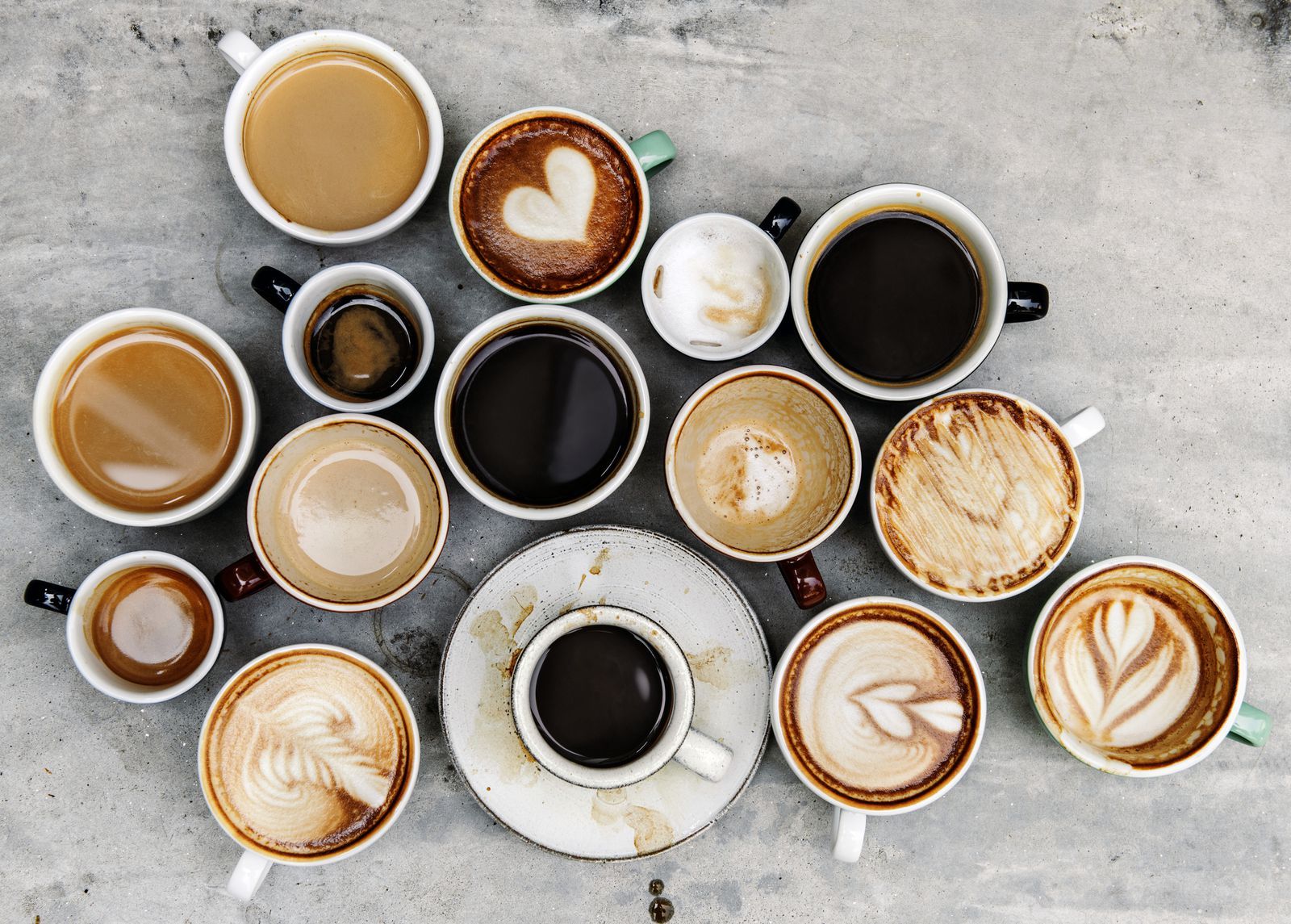
Indurable
Goods consumed in one or a few uses ( e.g. tea, soap,..etc)
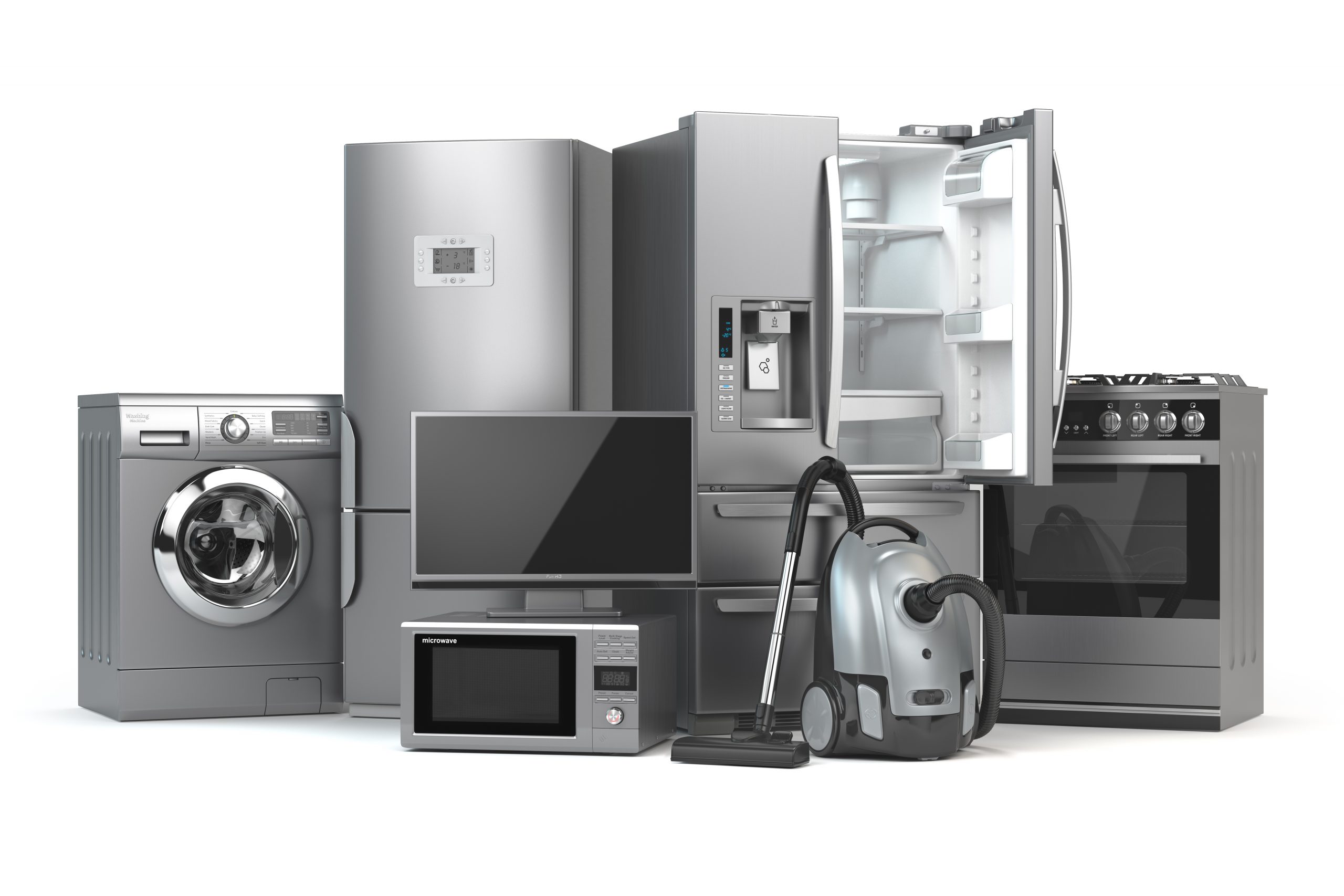
Tangible
You can see, feel, and touch.

B-Service: such as hair cutting and appliance repair.
Intangible
You cannot see, feel, or touch.
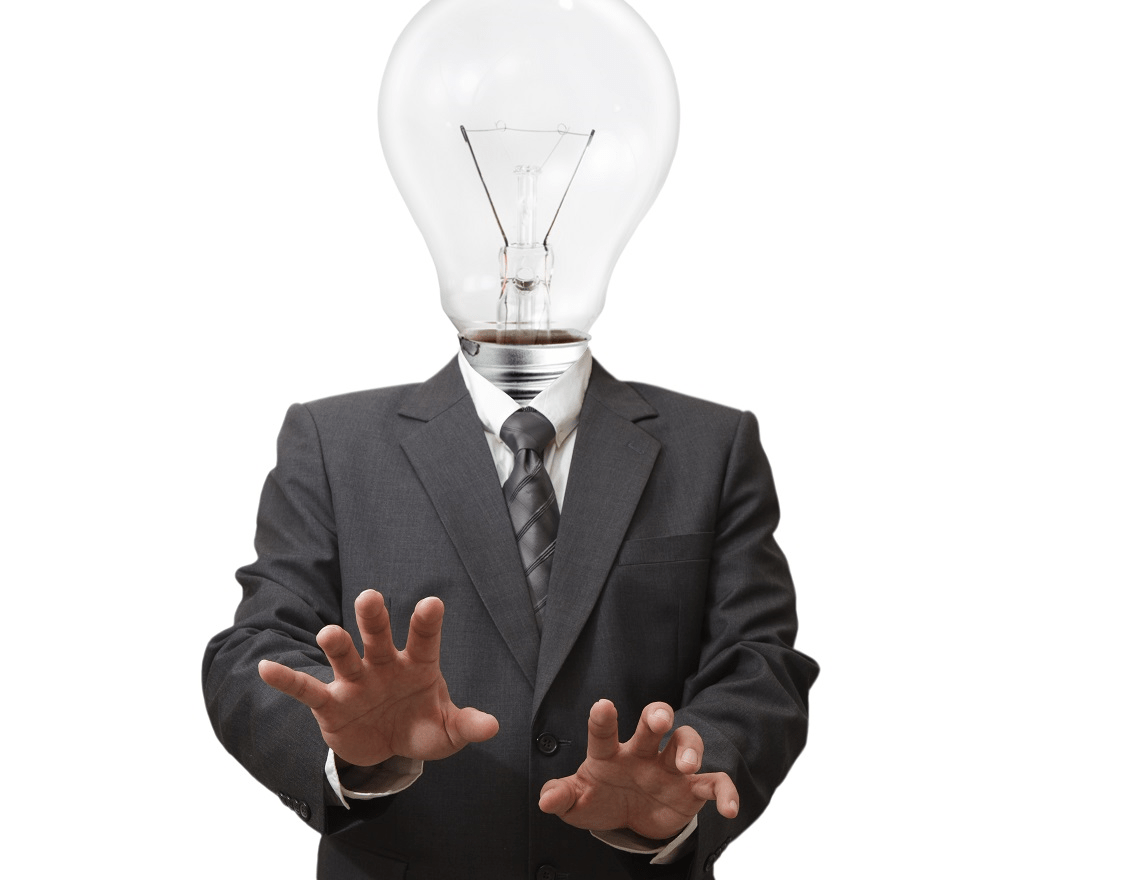
Variable
You cannot do the same thing to the same person.

Perishable
Not stored (stage with empty chair = immediate loss)
